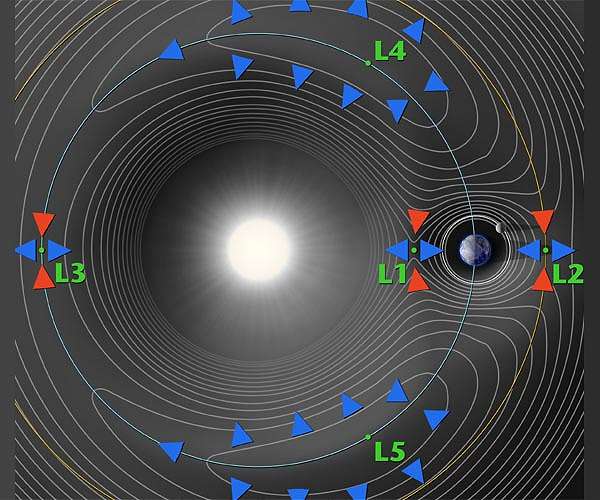[ad_1]
Seeking Water Worlds: NASA’s Solid State Quantum Magnetometers
by Clarence Oxford
Los Angeles CA (SPX) Jun 05, 2024
“Follow the water!” The solar system contains water in various forms, from the Sun’s water vapor to Pluto’s ice. Water is essential not only for life but also for its geological properties and potential uses. For instance, lunar and Martian ice could support human exploration, and comets may have brought water to Earth. The icy comets and rings of Saturn illustrate solar system evolution.
Liquid water is crucial for life. Scientists suspect liquid water on several moons of gas and ice giants. The astrobiology community focuses on “Follow the Water” to find life, making subsurface oceans on moons like Jupiter’s Europa and Saturn’s Enceladus important for future missions.
Conventional remote-sensing instruments face challenges in exploring beneath the thick ice crusts of these moons. While waiting for landers or rovers to drill through the ice, magnetometry offers a method to detect these water bodies. Magnetic fields penetrate solid material and can reveal the interiors of planetary bodies.
Briny water conducts electricity, making a saltwater ocean a planet-sized electric circuit. The rotating magnetic field of a parent planet induces an electric current in this circuit, which disturbs the magnetic field near the ocean world. These disturbances, observable from spacecraft, can indicate liquid water. For instance, NASA’s Galileo mission detected distortions in Jupiter’s magnetic field near Europa, suggesting a subsurface ocean.
Solid-state quantum magnetometers are promising new instruments for measuring magnetic fields with high sensitivity while being compact and efficient. These instruments offer quantum benefits like self-calibration, which compensates for drifts over time – a crucial feature for long-duration missions. Other advantages include radiation resilience and the ability to withstand extreme temperatures.
These magnetometers use quantum color centers in semiconductors like diamond and silicon carbide. Color centers are defects in the crystal lattice that, when probed on the quantum level, are sensitive to magnetic fields. Changes in quantum spin properties due to varying magnetic fields can be read electrically or optically, revealing the presence of water.
NASA’s Jet Propulsion Laboratory is developing two such magnetometers. The SiCMAG (Silicon Carbide Magnetometer), led by Dr. Corey J. Cochrane, reads spin properties electrically. The OPuS-MAGNM (optically pumped solid state quantum magnetometer), led by Dr. Hannes Kraus, uses optics for higher sensitivity. Optically pumped systems use lasers to excite the quantum system, and the response is read with light detectors.
Dr. Kraus stated, “Novel quantum sensors not only enable new science, but also offer the chance to downscale former flagship-class instrumentation to a size and cost allowing flagship-class science on CubeSat-class platforms.”
NASA’s PICASSO (Planetary Instrument Concepts for the Advancement of Solar System Observations) program has funded this research since 2016. Partners include NASA’s Glenn Research Center, the University of Iowa, Q-Cat LLC, QuantCAD LLC, Japan’s National Institutes for Quantum Science and Technology, and ETH Zurich.
Related Links
PICASSO
Understanding Time and Space
[ad_2]
Source link





No comments! Be the first commenter?